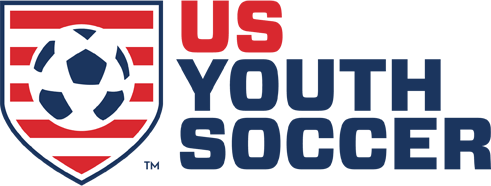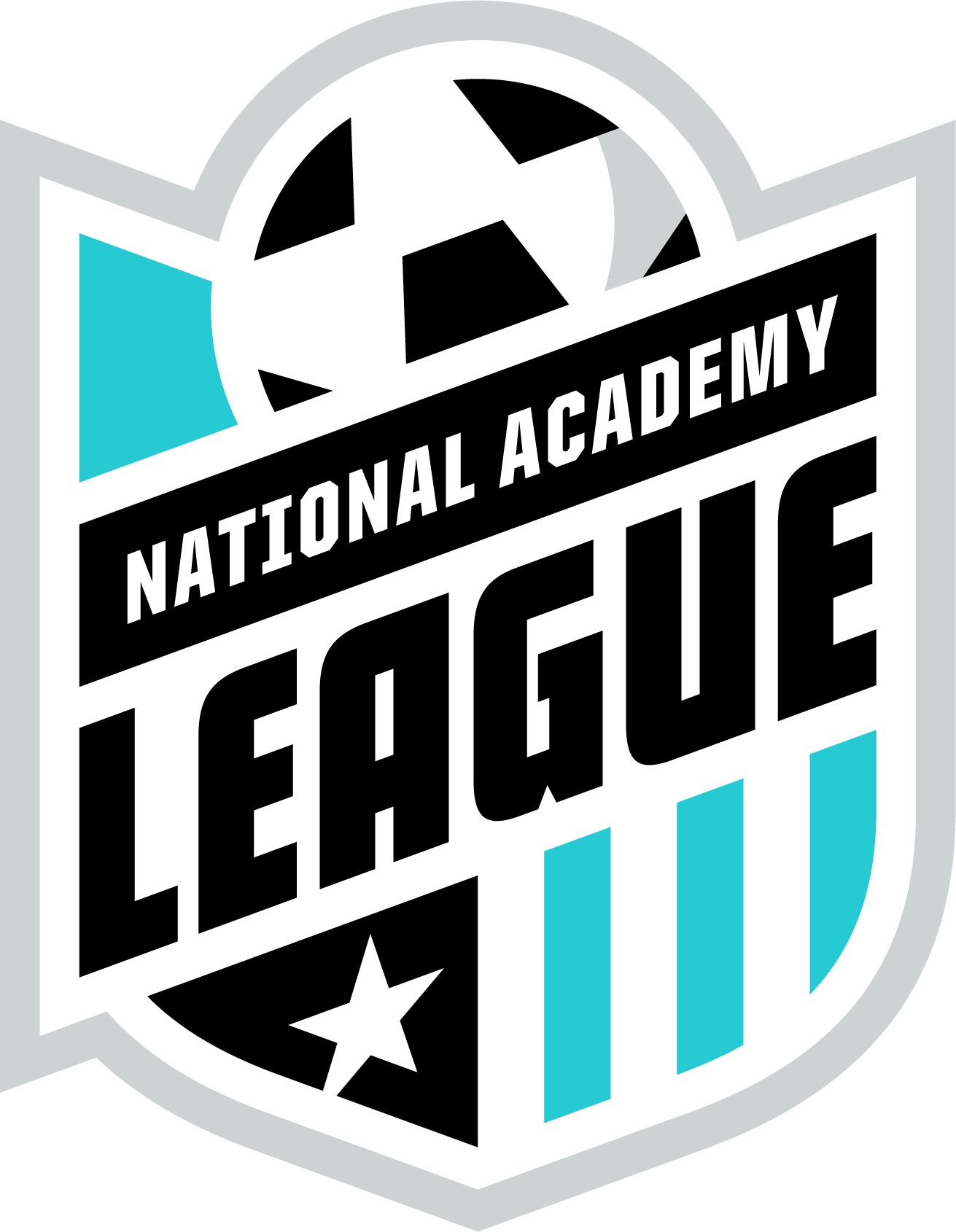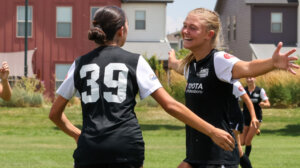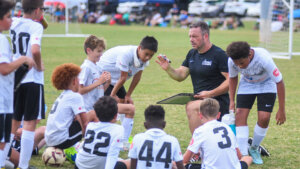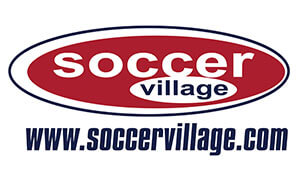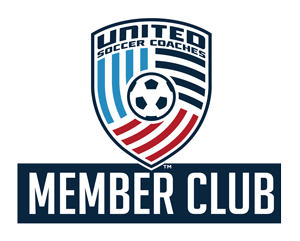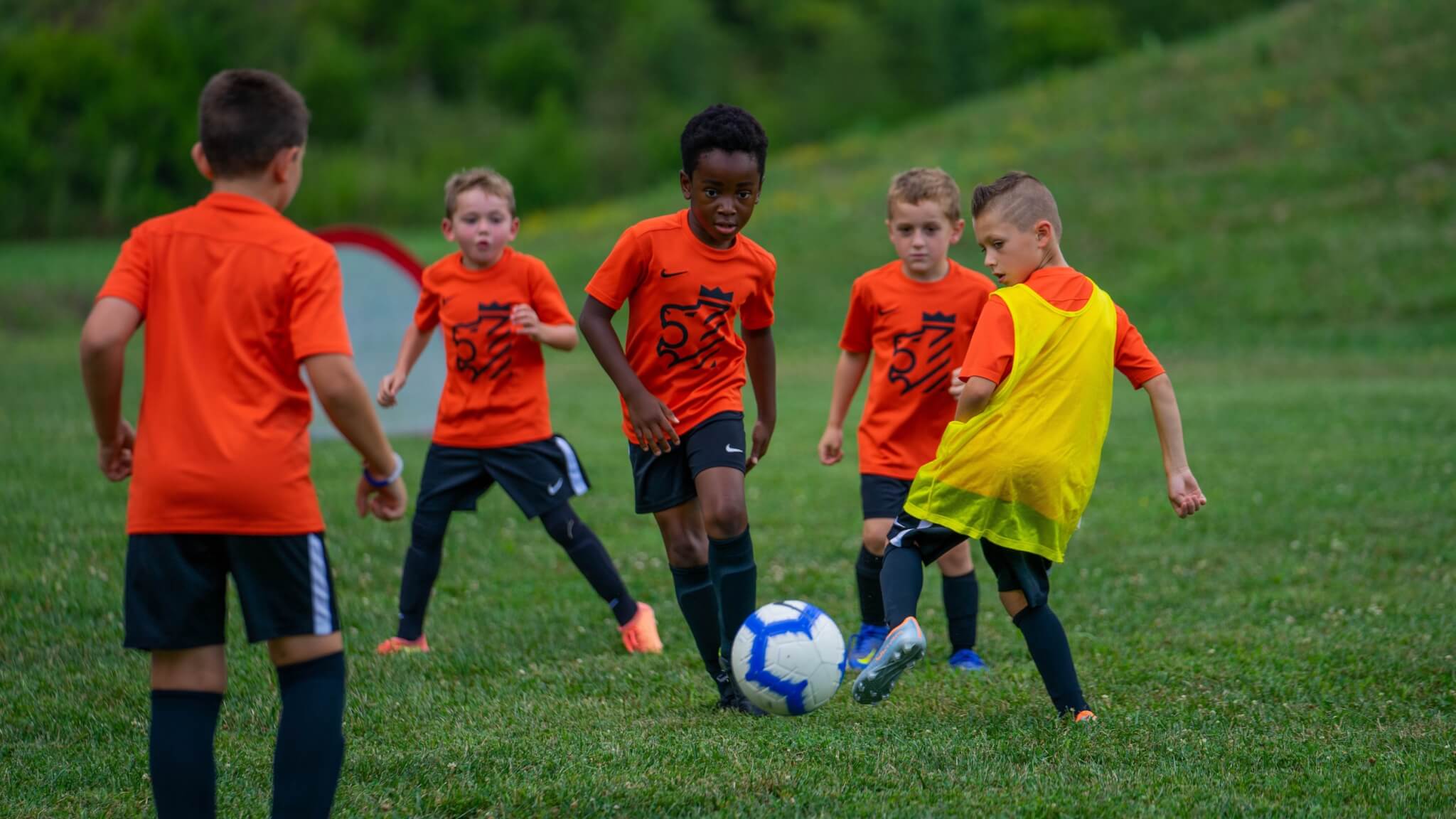
Respecting the Game at its R.O.O.T.S.
Each month during the 2022 fall season we will focus on R.O.O.T.S- Rules, Opponent, Officials, Teammates, and Self, as outlined by The Positive Coaching Alliance. We will highlight the value of RESPECT for each area.
Know the Laws of the Game-
How well do you know the rules (or more correctly, the Laws) of the game?
One of the leading causes of stress, confusion, anger, and angst during soccer games (youth through professional) is the misunderstanding, misapplication, and misconceptions around the rules of the game. Here are five of the leading culprits when it comes to problem causing Laws in soccer:
Offside (note-not Offsides)
The “interpretation” of offside is worthy of an entire book, but a majority of the debate takes place around interpreting two components: the positioning of the offending player at the time the ball was played and if the alleged offending player was “actively involved” in the play.
Being “actively involved” generally refers to 3 possibilities; receiving the ball, engaging the defender as they receive the ball, or actively interfering with the goalkeeper’s ability to make a play on a shot ball. The first is fairly obvious, the second two can be a little more subjective and open to interpretation by the official. If player in an offside position stops their run, then other players coming from onside positions are able to pursue the ball without a call being made.
Determining offside position is a tricky balance of seeing the ball and the position of the player at the same time. If, like most spectators, you were watching the ball, then by the time you turn your gaze towards the offensive player, he/she may be behind the second-to-last defender at that time…but were not “at the time the ball was played.” While some incidences can be easily judged, the use (and arguments over) Video Assistant Referee (VAR) has shown how difficult and tight this judgement can be.
Before you yell “offside” the next time, ask yourself: how many times you are REALLY looking at the second-to-last defender from a 90-degree angle at the exact time the ball is played in the direction of an attacking player? And, were you REALLY looking AT the last defender and listening for the thump of the ball (which remember also takes time to travel to your ears.)
Ball out of play
Judging whether a ball is out or not seems simple enough on paper but can be super hard to judge at full speed. For those coming from other sports, where the play is “out” if a player or ball touches a line, this rule, even on paper, needs a little getting used to.
To be clear: In soccer, the “whole ball must be over the whole line” to be out. And that line of course extends infinitely upward as an invisible plane that can be broken by a ball, but not surpassed completely. Once you’re sure you know the rule, unless you are “looking straight down the line” like the end zone camera in American football, you can’t really be sure. Even assuming perfect position and no obstructions of your view (and that you didn’t blink at the wrong time) there’s still the geometry of the thing…the ball is round.
While it’s pretty easy to judge looking straight down from the top like in the image above, when you’re looking from a lower point of view (and from any angle not directly “down the line”) it is very possible for the ball to not be physically touching the line on the ground, but for the outer edges of its widest point to STILL be hanging over the outer plain of the line.
Handling (note-not Handball)
This rule is one of the hardest for a referee to judge with even more nuance… and room for interpretation… and more opportunities for obstructed views than offside or out-of-play decisions.
In short, the hand (arm) must “play the ball,” not the “ball to hand.” This means the ball can touch a player’s arm, but if it’s not really their fault, it’s not a foul. But what is their fault? Did they stand with their arms raised like someone was aiming a gun? Or were their arms just in a natural running position?
And where did the ball come from? Was it shot toward them from one yard away and it deflected up off their knee to an arm that was outstretched in the motion of lunging (have you ever tried lunging while keeping your arms down?)
With these nuances, it’s no wonder many professional referees even disagree on calls when they review matches on video after matches. Yet “handball” is the most frequent shout from parents at any game — and always from parents supporting the team opposite of the one whose arm touched the ball.
Advantage
This is a “rule” that favors more than it hurts when called, yet so many parents completely miss it in the big picture of the game. Yes, a player may have been crushed by a late tackle as they passed the ball, but if their pass makes it to a teammate with time and space on the ball — especially in the attacking half of the field — then you really DON’T want to hear to the referee’s whistle, do you?
Referees are advised to yell “play on” and raise both arms forward when they acknowledge a foul occurred, but they are choosing not to stop the play because calling the foul would actually have taken a good advantage away from the aggrieved team.
If the foul was bad enough, the referee will return to the offending player at the next natural stoppage of play and eject, caution, or give them a stern talking-to. If not, then literally “no harm, no foul.”
Direct vs. Indirect
What happens after the whistle blows — or what can happen — is another often misunderstood occurrence. Does a team get a direct or indirect free kick? The rules are clear as to which offense earns the appropriate result. Generally, fouls that involve player-on-player offenses are direct, while procedural offenses are indirect. Handling is also direct.
- A direct free kick simply means the ball can count as a goal if it goes directly in the opponent’s goal without touching another player first.
- An indirect free kick (or throw-in) means the ball must touch another player (on either team) before entering the opponent’s goal in order for it to count. If it does so without that second touch, then it’s just a goal kick for the defending team.

Here are some additional resources to help you understand more about the Laws of the Game.
- https://www.soccerwire.com/resources/five-rules-youth-soccer-parents-get-wrong-at-every-game/
- https://www.soccer-for-kids.com/youth-soccer-rules-parents-should-know.html
Ready to TEST your knowledge? Soccer America has put together a Rules Quiz

Soccer Parenting Reminder
The Soccer Parenting Association is a nationally recognized organization whose beliefs are:
- A strong and supportive community of level-headed and like-minded parents and coaches will inspire players.
- A more collaborative environment between coach, parents, club, and player is in the best interest of player development.
- When parents seek information about how to best support their player, great things will happen.
- Youth soccer parents will be difference makers when it comes to improving the game.
As members of the Kings Hammer Soccer Club, all families are provided access to the Soccer Parenting Association’s website and full library of resources (webinars, articles, courses, and more.) If you have not yet opened your account, you can do so at the following link-
Once you get your account setup (or if you already have your account setup,) I would encourage ALL families to visit the Courses option in the navigation bar and click on The Sideline Project
- A 15 Minute Guide for level-headed youth soccer parents and coaches interested in learning more about what we can all do to improve the sidelines!
- This Guide is designed to give you added perspective and understanding about sideline behavior.
Just 15 minutes of your time for a healthier, empowering sideline so your child will be inspired!



